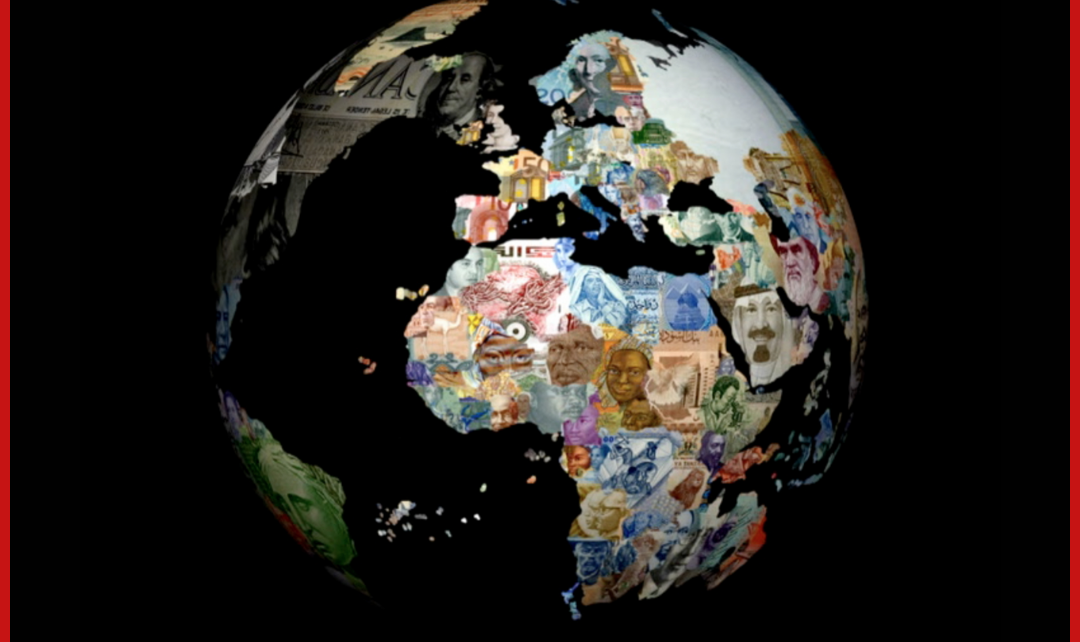Money supply refers to the total stock of money that is being currently circulated in the economy and, it can include cash, money in the deposit account or any other form of liquid assets.
Bank regulators control the money supply available to the public in accordance with the requirements placed on banks to hold reserves and other regulation. Analysis and the valuation of the money supply is done by the Economists in order to fabricate policies which includes the controlling of interest rates as well as the inflow and outflow of money in the economy.
Every country’s central bank publishes the data of money supply based on the monetary aggregates which is set by them. In India, the RBI (Reserve Bank of India) follows the M0, M1, M2, M3 and M4 monetary aggregates which is actually the type and size of the account in which the instrument is kept.
M0 and M1 can also be termed as narrow money and it includes coins, notes or any other asset that can easily be converted into cash.
M2 includes M1 in addition to the savings deposits with Post Office savings banks.
M3 is a broader concept of money supply. It includes M1 and the time deposits with the banking system. It is the total of the Net bank to the government, bank credit to the commercial sector, net foreign exchange assets of the banking sector, Government’s currency liabilities to the public apart from the net non-monetary liabilities of the banking sector.
M4 includes M3 in addition with all deposits with post office savings banks (excluding national savings certificate).
As we move from M1 to M4, the liquidity of the money keeps on decreasing and conversely, liquidity increases.
If we have a look at the increase of money supply in the economy then the interest rate falls and, hence, it generates more investment and hence, more money is available in the hands of public. On the other hand, lower money supply tends to raise the interest rates which makes it costlier for the consumers to apply for a loan. The current level of money supply (liquid) synchronizes with the total demand for money (liquid) to help evaluate the interest rates.
Other than this, we can also connect the link between the money supply and inflation.
Inflation is the rate at which the purchasing power of currency is falling and, consequently the general level of prices for goods and services is rising. Central banks strive to curb inflation, and avoid deflation, in order to keep the economy, run smoothly.
Who actually controls the money supply in India?
There is a Monetary policy committee (MPC). It is the committee of the Central Bank in India; RBI and it is headed by the Governor. Its task is to fix the benchmark policy rate of interest (repo rate) to contain inflation within the required target level.
The MPC replaces the present system where the RBI governor, with the help and advice of his internal team and a technical advisory committee, has complete control over monetary policy decisions.
But who along with MPC come together to draft, announce and implement the plan of the actions?
1. The Reserve Bank’s Monetary Policy Department (MPD)
MPD assists the MPC in drawing up the monetary policy. Perceptions of the key-stakeholders within the economy and analytical work of the RBI contribute to the method for arriving at the ultimate decision on the policy repo rate.
2. The Financial Markets Operations Department (FMOD)
FMOD adduces the monetary policy, mainly through day-to-day liquidity management operations.
3. The Financial Market Committee (FMC)
It meets everyday to proof-read the liquidity conditions so as to ensure that the operating target of monetary policy is kept close to repo rate. This parameter can also be coined as weighted average call money rate (WACR).
If we look at the money supply in the pandemic year of 2020, the government has been trying to raise the money supply in the markets and therefore, some decisions were taken up in the Budget’21. In the current representation of the economy, it is important to focus more on the money supply within the markets to strengthen the economy again. The monetary policy remained accommodative. Reserve money was pulled up by 14.5% due to currency demand. On the other hand, money supply (M3) grew by only 12.5% as on January 15, 2021, but then the non-food credit growth of scheduled commercial banks accelerated to 6.4%.
Since March’20, the repo rate was cut down to 115 bps from 135 bps and, also, the reverse repo rate was cut down by 90bps, which helped increase liquidity in the market. The CRR was also reduced by 300 bps to 3%. In fact, before March 2020, there was a transmission of high reserve money growth so there was lower liquidity in the market but after March’20, they moved to money supply policy by increasing the reverse repo rate. But the banks still put money back with RBI under reverse repo so there was an impaired liquidity transmission.
“RBI has surpassed expectations by delivering more than what the market anticipated, and its promise to ‘do whatever it takes’ has come good,” said Rahul Bajoria, Chief India Economist, Barclays. Overall, RBI’s assurance to be supportive for the liquidity management as well as for the required growth are being cherished by all including the markets.
By
Virtika Choudhry




